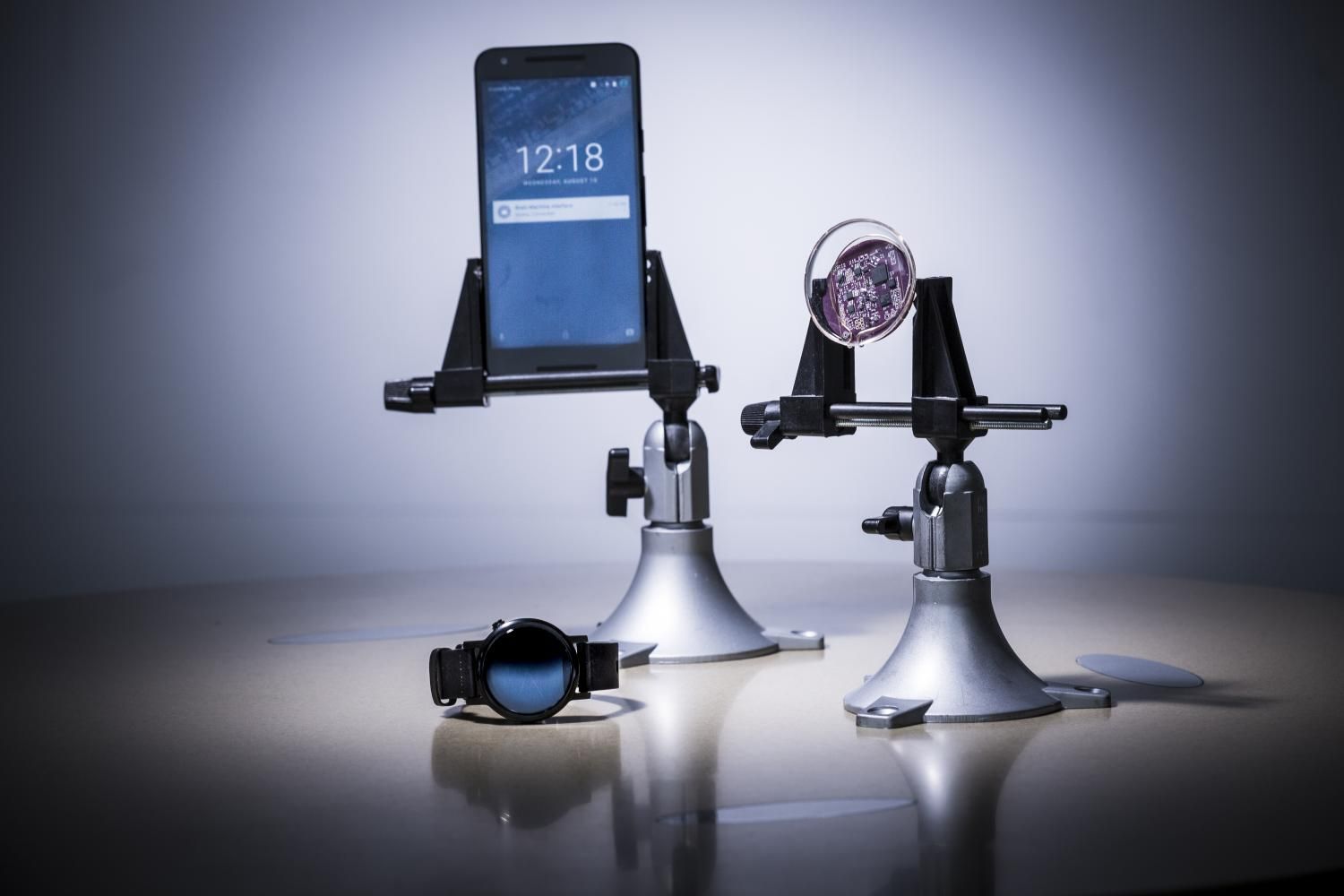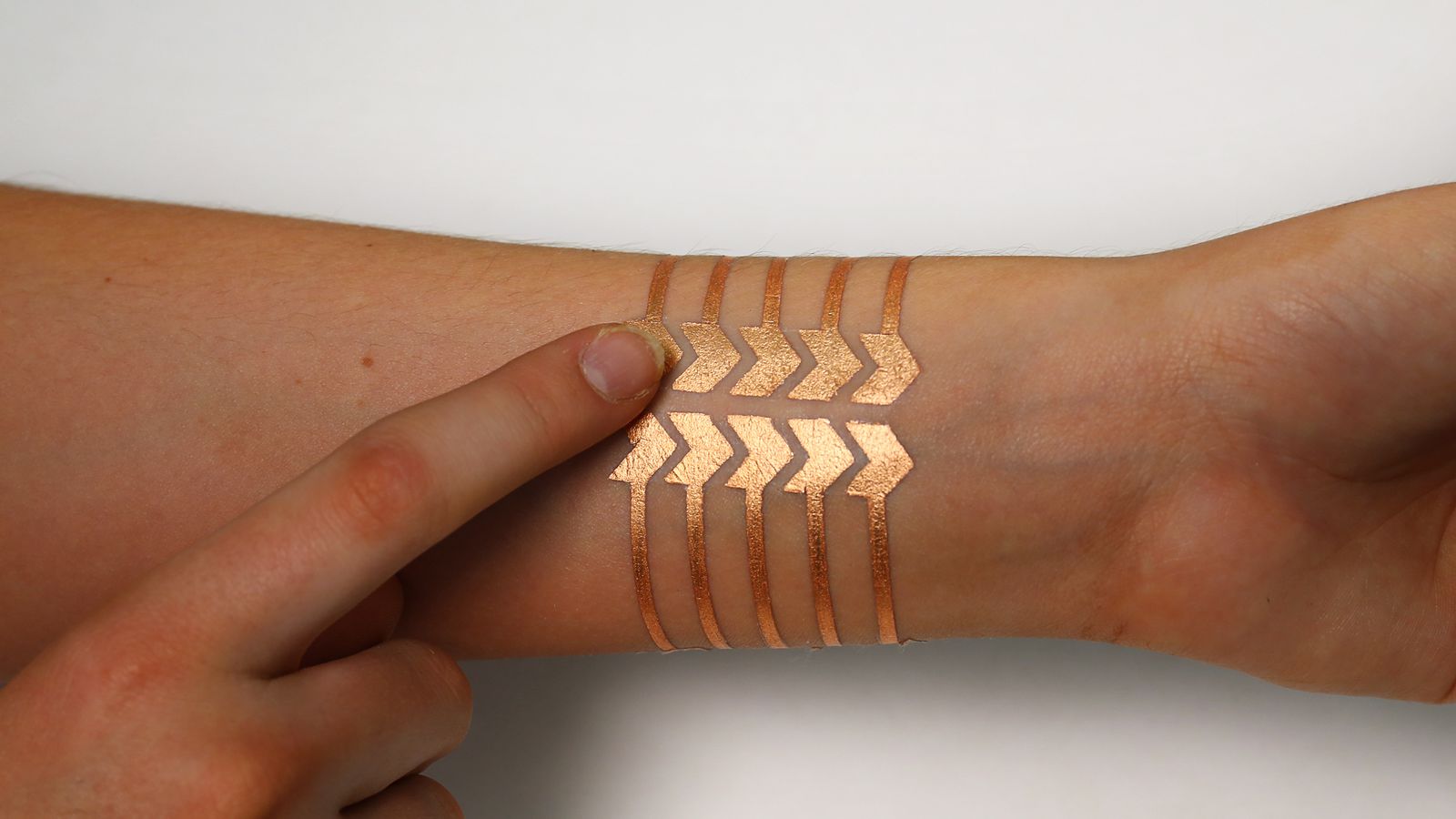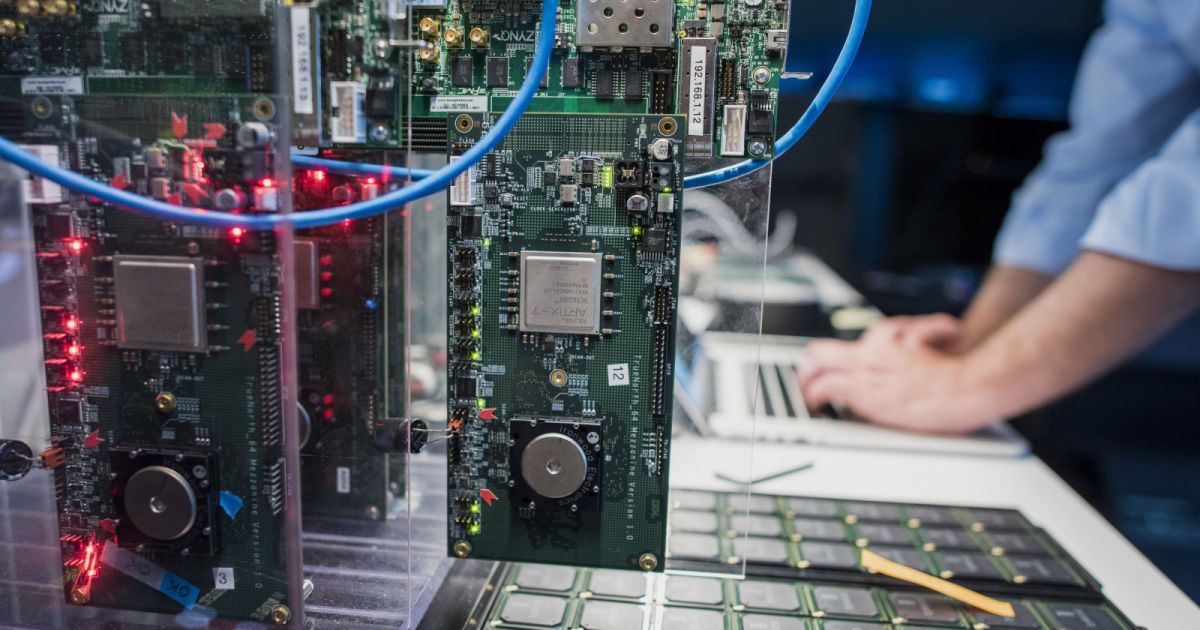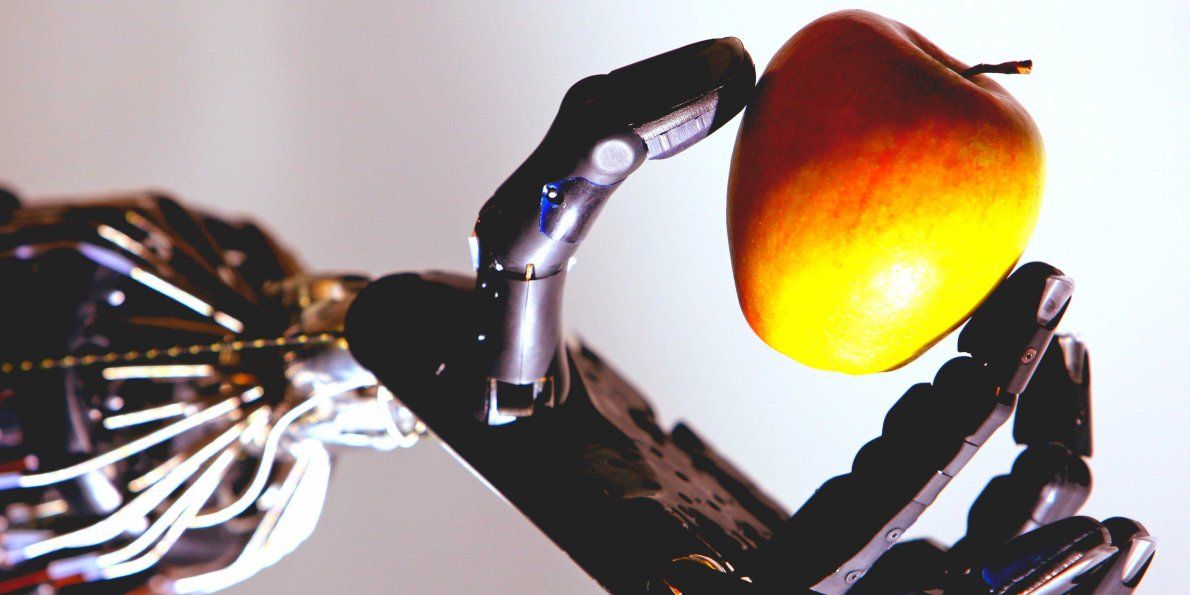I do wish Tim a lot of luck.
Going by the data from all quarters, the iPhone maker isn’t in the best of shapes when it comes to the China market. It’s the slow down in the China market that seemingly compelled Tim Cook to look at India with hopes. After all, never before has India got mentioned in Apple’s earnings call, and this was also the first time that Tim Cook visited India to make a slew of announcements. Today, we have the first (in Asia) R&D centre for Maps and an incubator in Bengaluru, along other announcements.
If you were thinking that India is finally becoming the ‘apple’ of Tim Cook’s eyes, then the latest announcements will tell you otherwise. Tim Cook has announced that Apple will have an R&D centre in China by the end of the year. And why not, Apple believes that we are where China was 6–7 years ago. But that’s not all, the company may have also miffed officials with its R&D in India announcements.
Tim Cook’s latest visit, and second in the past four months, has led to the announcement of a new R&D center, which is said to be first of its kind in Asia. His previous visit to China was followed by a ‘surprise’ India visit wherein he announced the R&D centre for Maps. This has also led many to believe that Cook’s announcement for China is rather late. But what’s caught everyone’s attention is how Cook called for a media briefing to discuss the new center.







